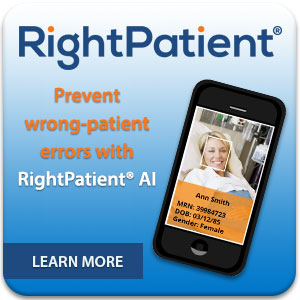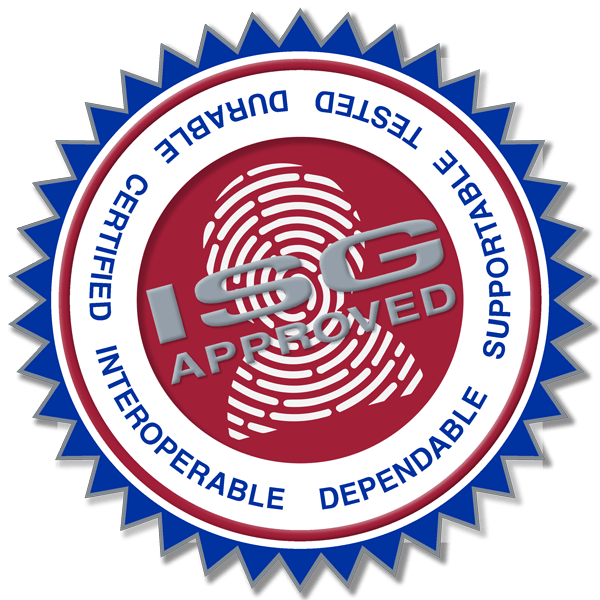The healthcare industry continues to struggle with finding the right patient registration and identification that can reduce errors which cost time and money, and have a positive impact on patient safety. The numbers and potential ROI for fixing this problem are huge. Articles, statistics and studies abound, but what can be done?
Key Issues Faced by Healthcare Providers
- Positively identify patients during registration
- Reduce or eliminate duplicate medical records
- Increase speed of registration while protecting sensitive patient information
- Improve patient safety by reducing errors and duplicate records
Most duplicate records are created during registration. The causes include misspellings, missing data, and the use of nicknames, transpositions, common names, language barriers, and even fraudulent activity.
Articles & Research on These Issues
A quick internet search reveals many, many articles and studies. These all lend credibility to proving the scope of the problem.
- 7-10% of patients are misidentified during health record searches and 6% of identification errors result in an adverse effect.
- Average duplicate health record rate is between 8-12%. Also, 40% of all records have a blank or default value in one of the key data fields of first name, last name, DOB, gender or SSN.
- The average 250-bed hospital lost more than $7 million in 2013 because of inaccurate and incomplete documentation.
- The average cost to resolve a single duplicate medical record is $100. If 8% of a hospital’s records are duplicates, the costs to clean their EMPI database and EHR records increase exponentially.
- The average expense of medical care, because of duplicate records, cost a reported average of $1,950 per patient per inpatient stay and $800 per ED visit.
- The study recommends strengthening traditional patient identification methods by ensuring wristbands, records, and labels are correct and consistent. Simple additions like including patient photos in files could potentially allow healthcare providers to immediately notice if they are accessing the information of a patient who is clearly not the patient in front of them.
Past Attempts to Provide a Solution
- CHIME patient ID challenge. The College of Healthcare Information Management Executives (CHIME) cancelled their much publicized $1 million national patient identification challenge. “Though we made great progress and moved the industry forward in many ways through this challenge, we ultimately did not achieve the results we sought to this complex problem.
- MGMA Project SwipeIT. The Medical Group Management Association promoted their Project SwipeIT program for several years, but appear to have dropped this campaign.
- National Patient Identifier. While this could be a solution, it appears we are a long way from having this, and there are a lot of political obstacles. Even if passed, according to experts, it could cost billions in spending and take decades to implement.
So, What Should a Healthcare Provider Do?
The Identification Systems Group offers some effective and common sense solutions that will greatly improve accuracy without breaking budgets. Fixing the issues faced is not that difficult or expensive.
Automated Record Enrollment & Recall
A simple solution, called SmartReg, allows you to quickly read key data search fields from a driver’s license or government ID card (barcode or magnetic stripe). The fields are automatically entered into your search fields and recall the correct record in your system. Search fields you likely would search on are first name, last name, date of birth and zip code.
This immediate search will return the correct patient, or a handful if there are records with same name and DOB. You will then be able to select the right person. You can then compare the address on the driver’s license, ask if it is current, and update your record as needed.
If it is a new patient, SmartReg will automatically populate the fields on your new patient screen, including name, address, and DOB. This saves a lot of time and is much more accurate than manually typing.
No interfacing with your HIS system is required, nor is there any software to learn. SmartReg simply runs in the background and fills in your search fields. You still are looking at your normal screens.
Yes, a small percent of patients will not have a government issued ID card; however, SmartReg will work for the vast number. For those without an ID, you need to vet them properly anyway.
Scanning the ID also eliminates the task of manually entering or verbally exchanging this information, and it is a much more secure method of record recall.
An optional addition to SmartReg is the issuance of Personalized Patient ID Cards (see front page image) that bear your healthcare logo. The patient cards will contain the medical record number in a protected barcode that can be scanned just like driver’s licenses. The benefits of a Patient ID Card program include:
- The patient card provides for the marketing power of the “billboard in the billfold” as it is a visible reminder of your facility to your patients
- The card is seen as valuable and gives your facility a high-tech image
- Patient satisfaction increases due to speed, efficiency and privacy
Biometric Patient ID System
Perhaps the best, fastest and most accurate system for patient registration and identification is our Biometric Patient ID System. Using facial recognition, the cloud-based SaaS platform stores photos and biometric data to recognize patients from any encounter end point.
- More reliable and fool-proof matching
- Facial recognition biometrics is the most accurate method and much more hygienic than other technologies like palm/vein or fingerprint
- Once a patient is enrolled, a different record cannot be created for that person
- Integration with your HIS system
- Capture patient photos can be stored in your HIS system for use when viewing patient records
Once patient identification is improved at the point of registration, it is still imperative to have good patient identification internally. For more information, please see our white paper called Barcoded Patient Identification. You can also download this white paper, Patient Registration & Identification.
About the Identification Systems Group
The Identification Systems Group (ISG) is an association of 30 identification systems dealers that serve all of the USA and Canada. Strong local sales and technical support is provided by all of the dealers, and they share common products, knowledge and practices.
ISG dealers are unique in the industry. They provide local support, vast expertise, and cost-effective solutions. Your local ISG dealer can assist you in determining the best solutions to meet your needs. They are also available for on-site consultation.
ISG dealers provide patient identification solutions that improve patient safety and save you money. To find your local ISG dealer, please contact us or use the chat below for any questions you may have.


